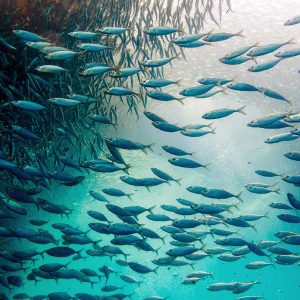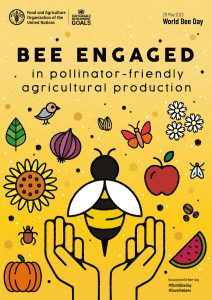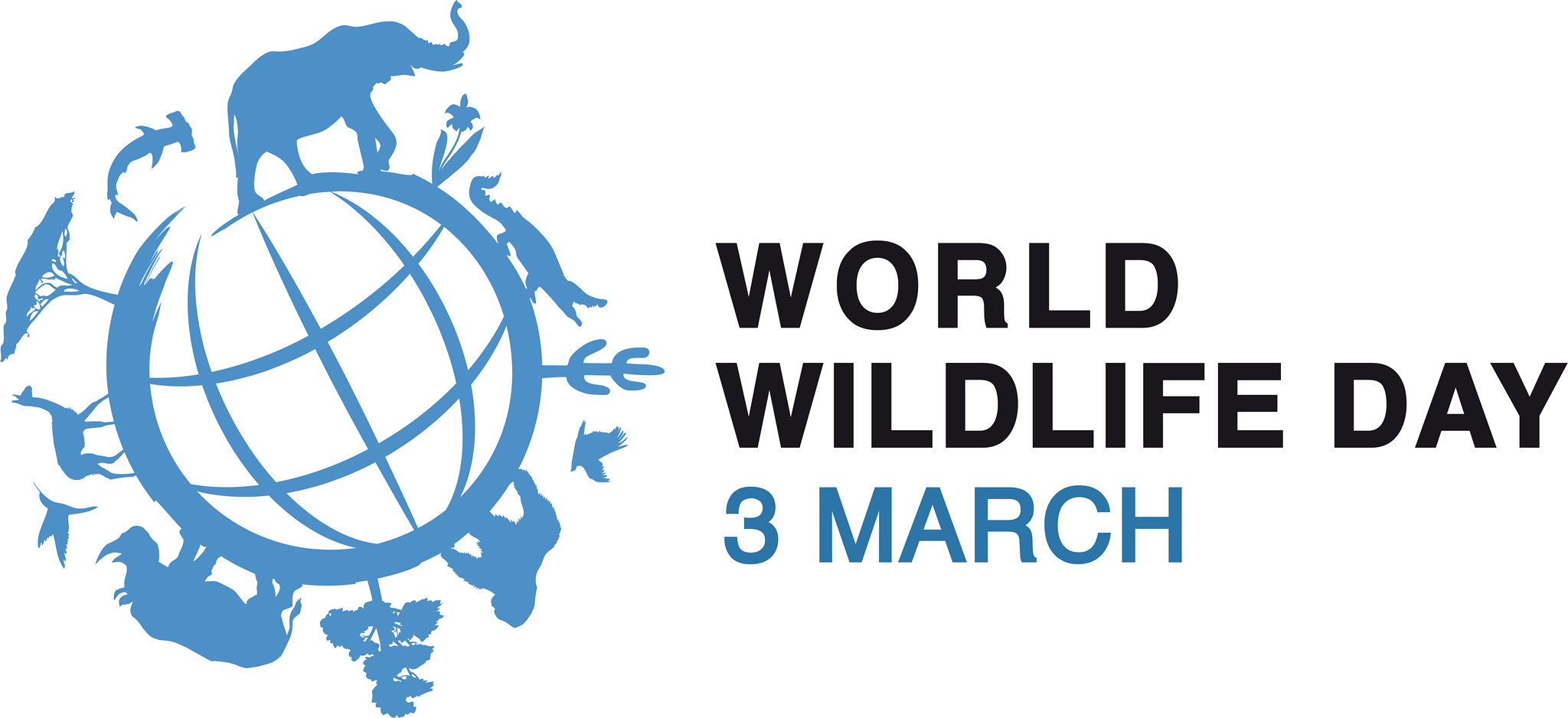 What is a Migratory Fish?
What is a Migratory Fish?
Migratory fish swim short or long distances daily, monthly or annually, to complete their life cycle, mate and feed! Some migratory fish migrate up and down rivers, others between rivers and oceans, and others across the oceans. Are there some migratory fish species you may know? Salmon migrate up rivers as adults to spawn in the same river they were born. On the flipside, freshwater eels are born in the ocean but migrate epic distances to carry out their lives in rivers. Bull sharks migrate up rivers and back through the oceans to breed and feed. And there are many more examples! Check out our downloads page for some cool fish fact sheets. Learn about their migratory routes and about some species you may have never even heard of!
Goals of World Fish Migration Day
We need to ensure the survival of these species for generations to come. But many times, fish do not receive the proper attention they deserve. For this reason, it is important we raise awareness about the plight of migratory fish and the importance of their survival not only for the environment but also for us.
Creating awareness is an essential first step to make real change. The primary purpose of World Fish Migration Day is to improve the public’s understanding of the importance of migratory fish, and how to prevent negatively impacting them. The next step is to enable citizens on the world to take action on these topics. Ultimately, we aim to create sustainable commitments from NGOs, governments and industry on safeguarding rivers and restoring swimways or migratory fish.
 We all depend on the survival of bees
We all depend on the survival of bees


 There are an estimated 370 million indigenous people in the world, living across 90 countries. They make up less than 5 per cent of the world’s population, but account for 15 per cent of the poorest. They speak an overwhelming majority of the world’s estimated 7,000 languages and represent 5,000 different cultures.
There are an estimated 370 million indigenous people in the world, living across 90 countries. They make up less than 5 per cent of the world’s population, but account for 15 per cent of the poorest. They speak an overwhelming majority of the world’s estimated 7,000 languages and represent 5,000 different cultures.